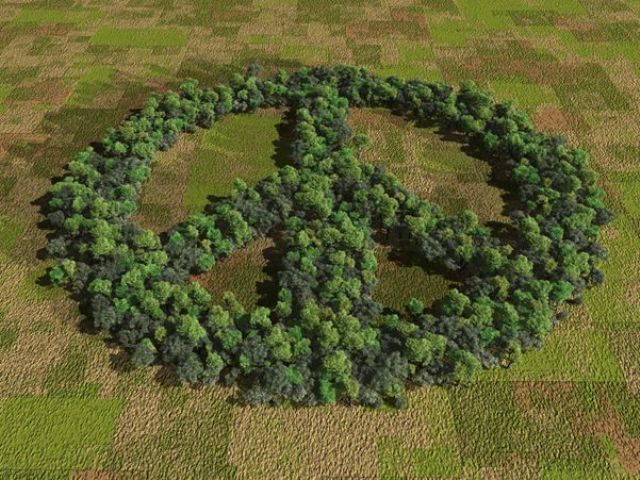On the brink: can non-violence bring Syria back?

By Michael Nagler and Stephanie Van Hook
When the Arab Spring was initiated by Mohammed Bouazizi’s self-immolation last year in Tunisia, it ignited longings for freedom throughout the region; more than that, it took hold of the creative imaginations of non-violent activists and millions of dissatisfied individuals around the world. Has this hope ground to a halt with the violence in Syria?
Not necessarily.
We should remember that non-violence has strong roots in Islam, and Muslim-majority Syria is no exception. Like all great revelations, that of the Prophet Mohammed (peace be upon him) was based on a vision of human unity that forbade violence and stressed elements of non-violence as we know it.
Lessons from the Qur’an reflect the same teachings that inspired Gandhi and Martin Luther King, Jr. from their respective traditions. The 103rd chapter in the Qur’an, Al-Asr states that those favoured by God “believe and do good works, and exhort one another to truth and exhort one another to sabr” (103:3), which means endurance or patience and is one of the Arabic terms for non-violence.
In a well-known hadith (recorded actions and sayings of the Prophet Muhammad) the Prophet (pbuh), having declared that a Muslim must help not only a victim but also an oppressor, was asked by a puzzled companion: how should we help an oppressor? The reply was, ‘”by preventing him from oppressing”.
These examples, among others, show that one need not go outside the Qur’an and hadith for the fundamental principles of non-violence. And these principles have surfaced continuously in the history of Muslim-majority countries. The 2010 book Civilian Jihad: Nonviolent Struggle, Democratization and Governance in the Middle East, edited by Maria Stephan, cited a growing number of examples even before Arab Spring, of which the partially successful Palestinian resistance movements are the best ones.
Syrian activist Bsher Said mentioned to us recently that the non-violent opposition was caught unaware when the uprising erupted a little over a year ago. However, some ingredients were present: there were cadres of young people in many Syrian cities who were taking up public work like cleaning up neighbourhoods, even though that sometimes drew unwelcome attention to them.
As with most things, non-violence works best when you know what you’re doing, but you also need a willingness to suffer without bitterness, or worse if needed. This too is not wanting in Syria today.
Said and others who make up Freedom Days, an umbrella organisation for the uprising, have repeatedly risked their life to promote political change non-violently. Pro-democracy activists in nearly every city of Syria are putting on plays, writing songs and sending up balloons filled with strips of paper with “freedom” written on them, which when shot at release the messages.
The ingredients have been and are still there for civic mobilisation that can be just as creative and even more concrete, extending the strikes and work stoppages that have already sent the message that the government and opposition must negotiate and find a path forward.
Historically, non-violent insurrections succeed when the international community recognises and supports the courageous struggle of actors on the ground. Organisations like Peace Brigades International and Nonviolent Peaceforce, to name just two, have been doing precisely this kind of unarmed civilian peacekeeping with remarkable small-scale successes in places like Colombia, South Sudan and Sri Lanka, which have situations comparable to that of Syria.
We, who are outside Syria looking in, must make knowledge of non-violence commonplace and support the institutions, like unarmed civilian peacekeeping, that practise it.
###
* Michael Nagler is Professor Emeritus at the University of California, Berkeley and author of The Search for a Nonviolent Future. Stephanie Van Hook holds an MA in Conflict Resolution and is Executive Director of the Metta Center for Nonviolence. This article was written for the Common Ground News Service (CGNews).
